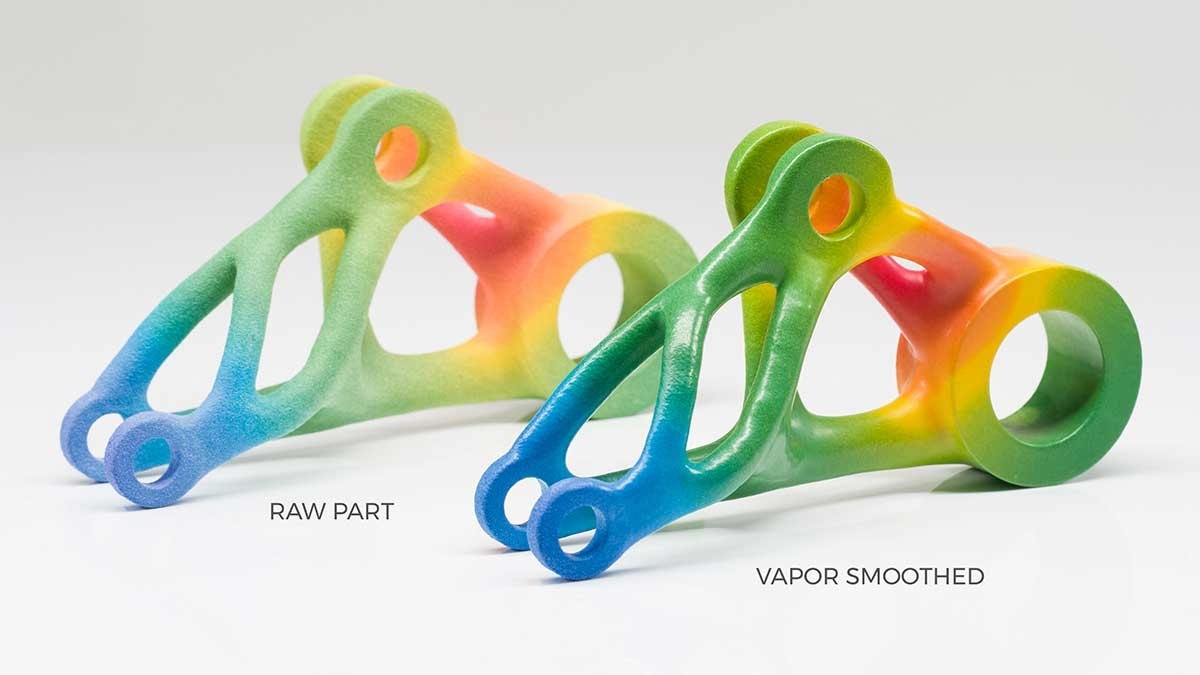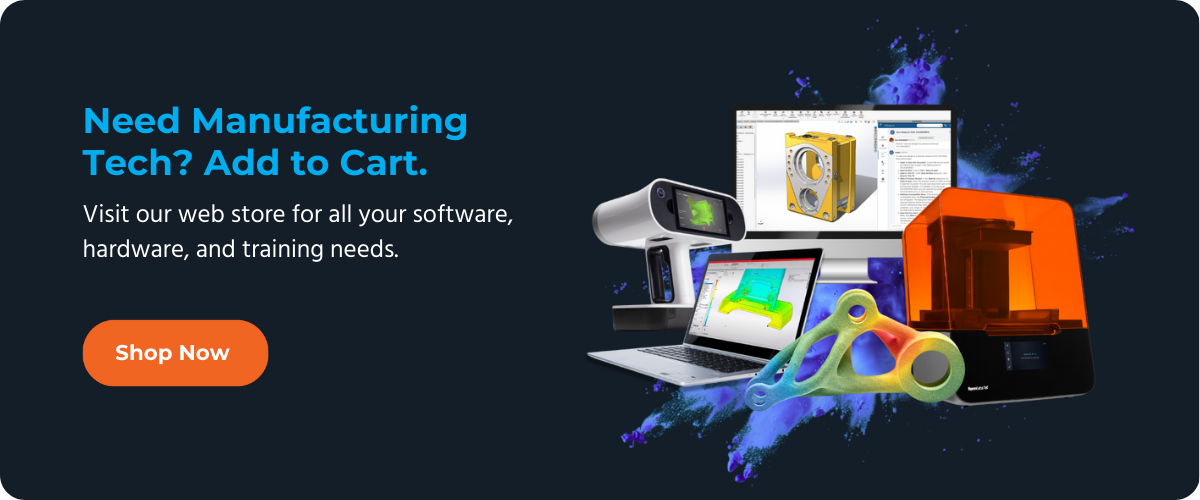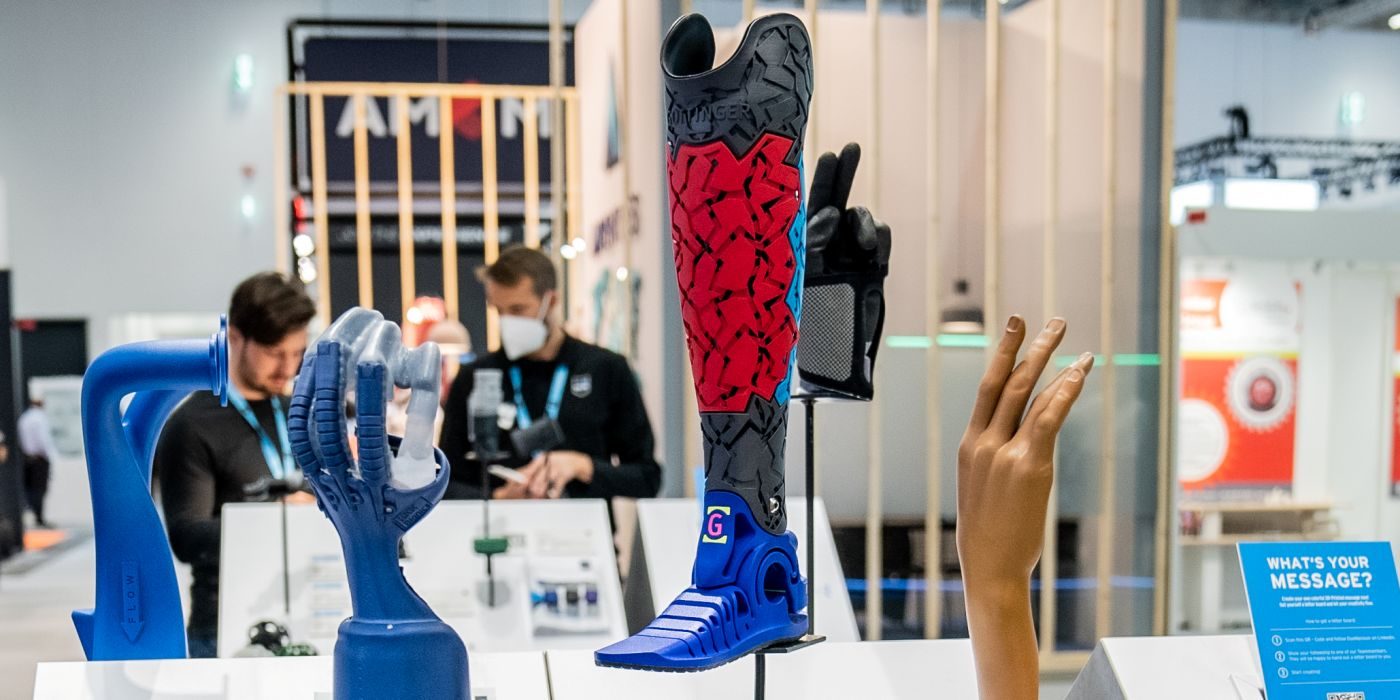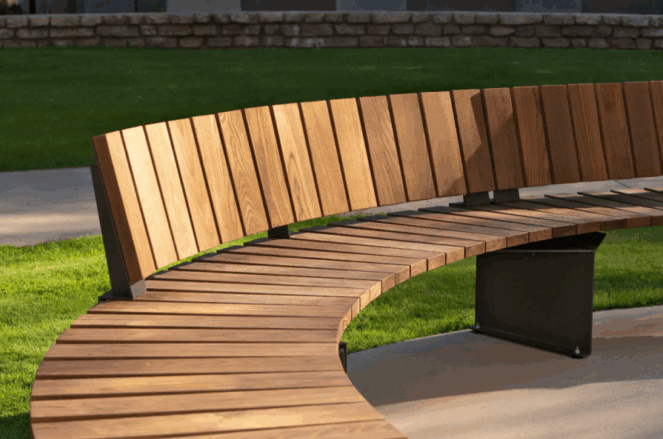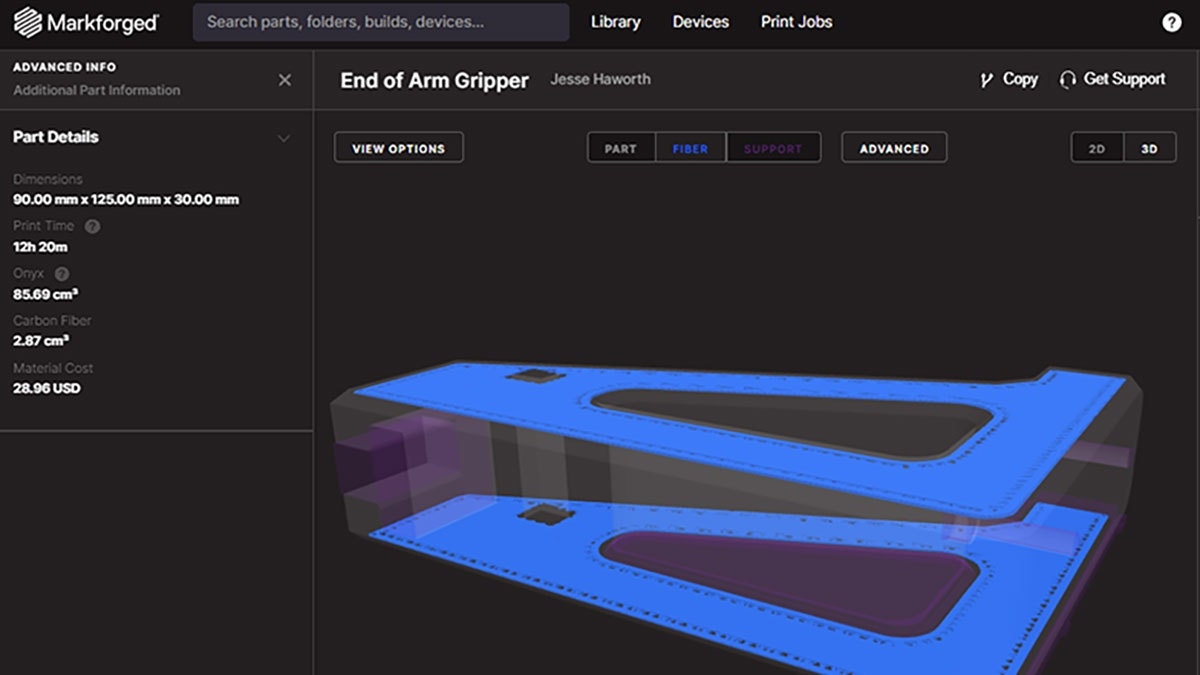When it comes to smoothing 3D-printed parts, AMT is a well-known industry giant, and now they are making waves once again with the release of the SFX desktop vapor smoothing system.
The SFX brings powerful vapor-smoothing technology to a compact, lab-friendly package perfect for those looking to take 3D-printed parts to the next level.
What Is the PostPro SFX Vapor Smoothing System?
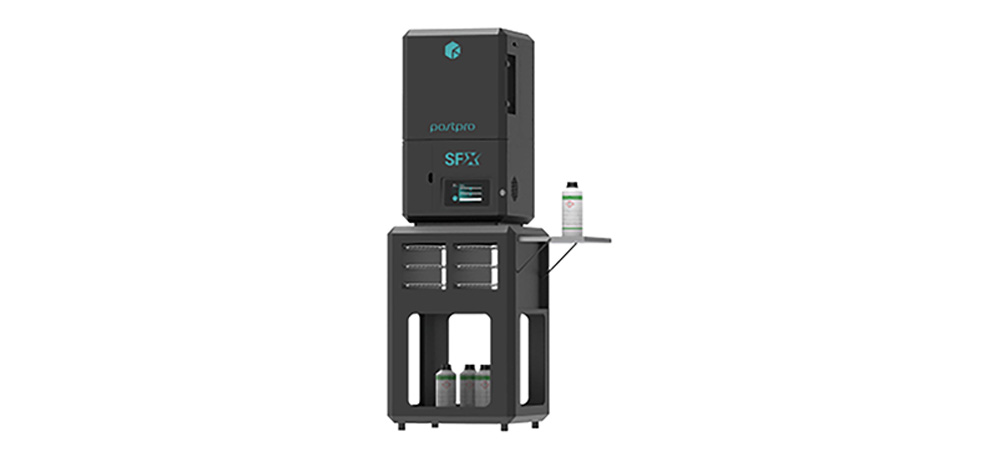
The SFX is a powerful desktop vapor smoothing system designed to improve the surface finish and appearance of printed parts while sealing the surface and improving mechanical properties.
This system fulfills the needs of many of our customers who require an excellent surface finish on 3D prints but cannot justify purchasing the larger SF50 or SF100 vapor smoothing units due to cost or facility constraints.
The system’s small footprint allows it to operate in some of the most compact workspaces and print labs. SFX utilizes AMT’s PostPro Pure chemistry, a green and sustainable solvent that can process a wide array of 3D-printed materials.
A typical smoothing cycle takes 120 minutes from start to finish and the cost per batch of parts is in the ballpark of $25-$30 per run (run cost can vary depending on recipe). It is also worth noting that the system does not produce any smells or loud noises.
Machine Specifications
Let’s take a quick look at the specifications. The SFX weighs about 50 kg (110 lbs) and is 450mm (17.7 in) x 500mm (19.69 in) x 845mm (33.37 in). It is compatible with parts produced from fused deposition modeling/fused filament fabrication (FDM/FFF), selective laser sintering (SLS), multi-jet fusion (MJF) and high-speed sintering (HSS) printer technologies.
The chamber volume of the system comes in at 190mm (7.48 in.) x 320mm (12.59 in.) x 190mm (7.48 in.), which allows for a good processing size — and perfect for most printed parts that we see from our customers.
The 120V power requirement allows for the system to simply plug and play without needing to hire an electrician to install the system. SFX is designed to be plug and play with an expected installation time of 1-2 hours. The machines can be installed by the end-user without any special training.
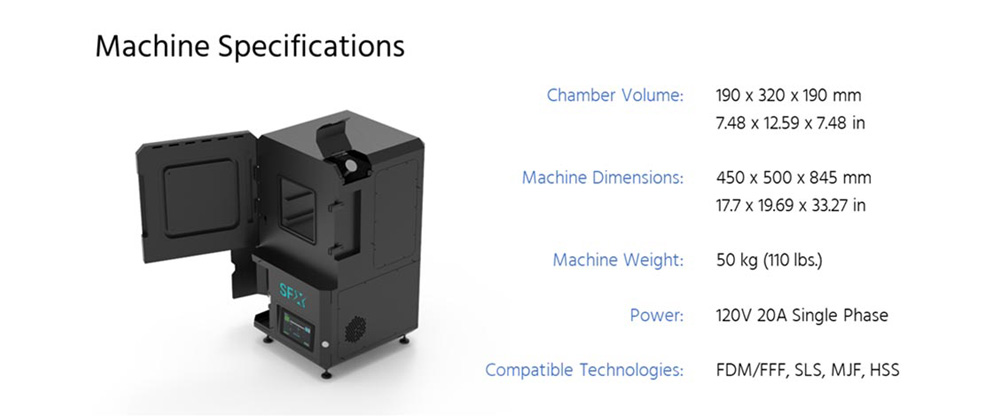
SFX PostPro Pure & the Type of Compatible Technologies and Materials
The SFX running PostPro Pure allows for processing printed parts from several additive print technologies, including FDM/FFF, SLS, MJF, and HSS.
We here at Hawk Ridge Systems have had excellent results in processing materials from our in-house technologies: Markforged (FFF) and Formlabs (SLS).
At launch, the system will have automated recipes for the nylon/polyamide family of materials, such as PA12 (Nylon 12) and copped carbon fiber nylons. Other materials will be compatible through the use of user-defined recipes.
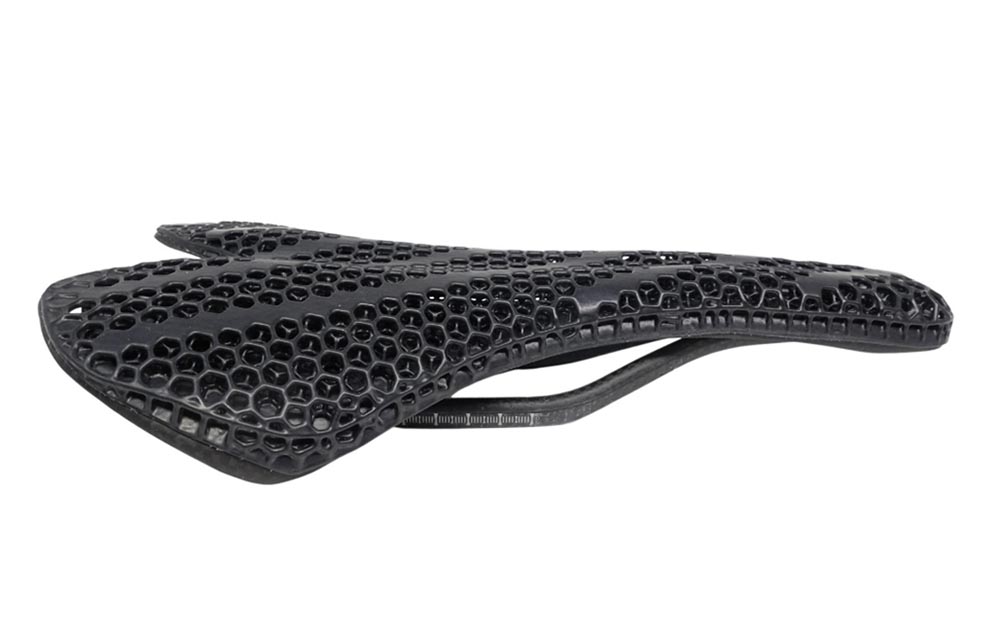
Powder Bed Fusion Technologies
For powder bed fusion technologies, such as Formlabs SLS, vapor smoothing can be a game changer as it provides a superior surface finish and seals outer surfaces, protecting against moisture absorption into printed parts.
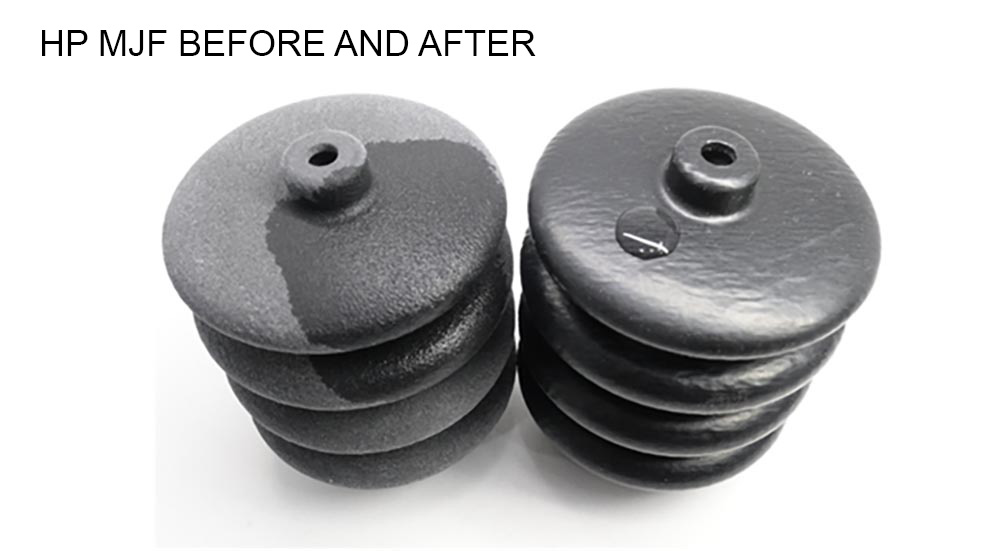
FFF Technologies
Markforged Onyx material, in particular, processes extremely well with AMT vapor smoothing technology. It becomes difficult to see any layer lines at all after this process!
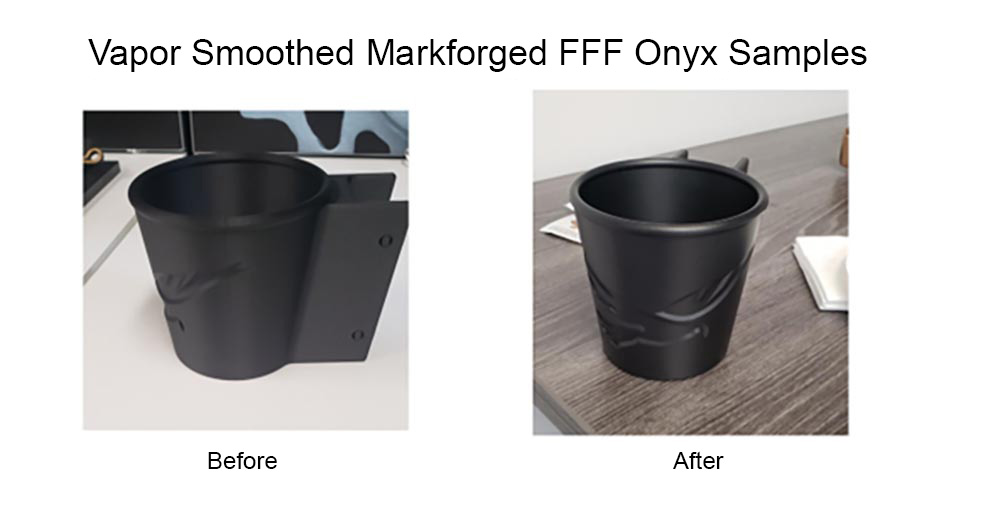
How Does the SFX Compare to the Existing SF50 and SF100?
The SFX will be a great fit for labs looking to run small volumes of parts in a compact, budget-friendly package.
The SF50 or SF100 systems are geared towards larger parts (due to the larger build volume) or larger batches of parts.
Below is a spec comparison table for each system:
| POSTPRO SFX | POSTPRO SF50 | POSTPRO SF100 | |
| Chamber Dimensions | 7.5″ x 12.6″ x 7.5″ (190 x 320 x 190 mm) | 15.7″ x 11.8″ x 15.7″ (400 x 300 x 400 mm) | 15.7″ x 23.6″ x 15.7″ (400 x 600 x 400 mm) |
| Process Chamber Volume | 11.5 Liters | 48 Liters | 96 Liters |
| Machine Dimensions | 17.7″ x 19.7″ x 33.3″ (450 x 500 x 845 mm) | 33″ x 55.5″ x 72″ (830 x 1,400 x 1830 mm) | 33″ x 55.5″ x 72″ (830 x 1,400 x 1830 mm) |
| Power Requirements | 230V – Single Phase – 13A120V – Single Phase – 20A | 208V, 30A, 50/60Hz, (L+N+PE) – Single Phase3 x 480V, 30A, 50/60Hz, (L1+L2+L3+PE) – Three Phase | 3 x 480V, 30A, 50/60Hz, (L1+L2+L3+PE) – Three Phase |
| Machine Weight | 110 lbs | 1,765 lbs | 1,875 lbs |
SFX notably has a much smaller footprint along with lower power requirements.
ONE KEY DIFFERENCE: Between the systems, the SFX does not require an external facility exhaust.
These benefits can be significant for print labs with limited space or facility challenges.
That is all we have for today’s article. Be sure to keep an eye out for future content focused on AMT post-processing vapor smoothing technologies.
For pricing and more info about the AMT SFX vapor smoothing system and compatible processing materials with the SFX, contact us at Hawk Ridge Systems today!
